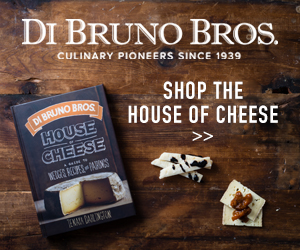The Art of Pronouncing “Charcuterie” and Its Delectable History
The word “charcuterie” has been making waves in the culinary world, especially with the rising popularity of charcuterie boards. But how do you pronounce this French term? And what exactly does it entail? Let’s dive deep into the world of charcuterie.
Pronunciation
First and foremost, let’s tackle the pronunciation. “Charcuterie” is pronounced as “shahr-koo-tuh-ree.” The emphasis is on the second syllable, and the “ch” is pronounced as “sh.” Now that we’ve got that cleared up, let’s delve into its origins and what it represents.
What is a Charcuterie Board?
A charcuterie board is an assortment of cured meats, cheeses, olives, fruits, nuts, and other accompaniments, beautifully arranged on a wooden board or platter. It’s a visual and gastronomic delight, perfect for gatherings, parties, or a luxurious evening snack.
History of Charcuterie
The term “charcuterie” originates from the French words “chair” (flesh) and “cuit” (cooked). Historically, charcuterie referred to shops in 15th-century France that sold products made from pork, including bacon, ham, sausages, and pâtés. These shops were regulated by guilds, ensuring the quality and safety of the products. The art of charcuterie was born out of the need to preserve meats before the advent of refrigeration. Over time, the term evolved to encompass a broader range of cured meats and accompaniments.
Common Foods on a Charcuterie Board
While there’s no strict rule for what can or cannot be on a charcuterie board, some staples include:
- Cured Meats: Salami, prosciutto, chorizo, and capicola are popular choices.
- Cheeses: Brie, cheddar, gouda, and blue cheese often make appearances.
- Olives and Pickles: These add a tangy contrast to the rich meats and cheeses.
- Fruits: Grapes, figs, and berries provide a sweet counterpoint.
- Nuts: Almonds, walnuts, and cashews add crunch and flavor.
- Breads and Crackers: These act as vehicles for the meats and cheeses.
- Spreads: Honey, jams, and mustards can elevate the board’s flavors.
Interesting Facts
- The art of charcuterie is centuries old and was initially a survival technique.
- In France, charcutiers (charcuterie artisans) undergo rigorous training and apprenticeships.
- Charcuterie boards have roots in European, especially French, dining but have gained global popularity in recent years.
- The design and layout of a charcuterie board are as crucial as the ingredients. It’s not just about taste but also about presentation.
Conclusion
Charcuterie is more than just a culinary trend; it’s an art form with deep historical roots. The next time you’re enjoying a charcuterie board, take a moment to appreciate the craftsmanship that goes into each slice of cured meat and the rich history behind this delectable tradition. And remember, it’s “shahr-koo-tuh-ree”!





